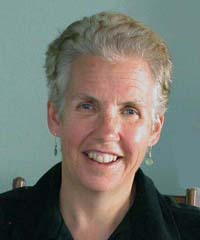 Julie Downing is an internationally published author and illustrator. She has written and or illustrated over 40 books for children
Julie Downing is an internationally published author and illustrator. She has written and or illustrated over 40 books for children
Julie Downing is a artist from San Francisco. She is known for her innovative approach in illustrating traditional stories, and her list of books include; The Night Before Christmas, Lullaby and Goodnight, and The Firekeeper’s Son.
Her most recent book, First Mothers, is a biography of all the mothers of the presidents. Publishers’ Weekly wrote::” Craftily mining the personalities of each woman, Downing contributes watercolor and colored pencil portraits of the mother s on their home turfs, humorously underscoring their many diverse eccentricities.”
Downing has won many awards for her work, including a Parent’s Choice Award, and the New York Public Library Best Books Award. She was selected to appear in Talking with Artists Too, a book about 12 of the nation’s best Children’s’ Book Illustrators.
Downing is most noted for her rich, jewel like watercolor illustrations. Her work has been exhibited in galleries throughout the United States and England. She currently teaches watercolor and Children’s Book Illustration to both graduate and undergraduate students at the Academy of Art University in San Francisco.
Here’s Julie discussing her process:
Process:
I always start by reading the story, over and over again. I like to think about what the story means and how I feel about it, emotionally. Sometimes I make notes in a sketchbook. Sometimes I make lists and sometimes I make little drawings. I am not very organized when it comes to my sketchbooks, I just grab one that is close by and draw.

At the beginning, I tried to stay loose. I love to work on Post it notes, because they are so easy to throw away, cover up or re-draw. I did lots of small story boards as I worked out the sequence of the pictures and the design of the book.

After I sketched what felt like a hundred story boards, I blew my thumbnails up and tightened up my sketches. The story had a lot of text for a picture book. I designed the pages so the text was separated from the art and the book felt more picture heavy.

Now I had a road map of the book and could think about the individual illustrations.
One of my favorite spreads was in the middle of the book. Lotus plays her flute and Feather begins to dance. This is the moment when their friendship began. I sketched lots of versions of the 2 friends together. I wanted to capture how their friendship evolved. I photographed a friend’s daughter so I could get the proportions right. I sketched and re sketched the scene many times.
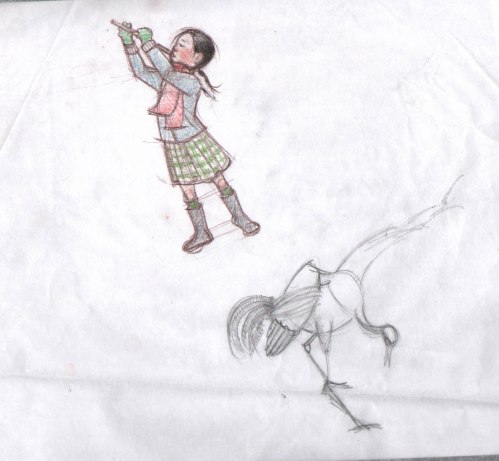

When I finally thought I got the poses the way I wanted, I drew a full size sketch and realized so sequence wasn’t right. So I revised and did another sketch.


Part of what interested me with Lotus and Feather was the way the light and seasons change. I did a story board in color so I could plan the color shifts in the book.

One of the things I like the best is collaborating with the editor and Art Director. When I work on a project for a long time I need fresh eyes to look at my art. I worked with the terrific team of Stephanie Lurie and Joann Hill at Disney and they gave me wonderful feedback. I appreciated it… most of the time.
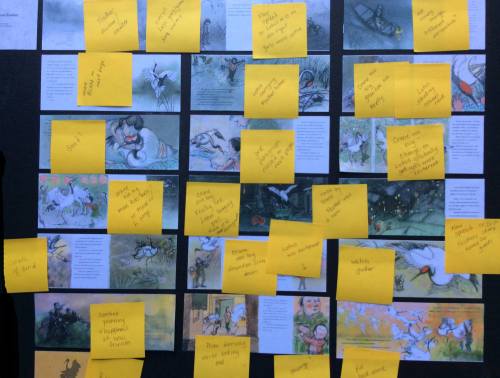
The final art was a combination of traditional mediums, combined digitally. I have always considered myself a traditional illustrator. I love watercolor, pastel and pencil and love what traditional materials do. I love the unpredictability of traditional materials and have never rendered a book digitally because frankly, I am lame when it comes to technology. However, I am part of a wonderful critique group: Lisa Brown, Katherine Tillotson, Christy Hale, Ashley Wolff and Susan Gal, and each uses digital tools differently. So, I became interested in the flexibility that working with digital tools affords me. I started rendering loose backgrounds with watercolor on 140 pound cold press watercolor paper. I did the paintings onsite and each one took about 5 minutes.
I scanned the backgrounds at 600 dpi and they became the basis for the landscapes in Lotus and Feather.
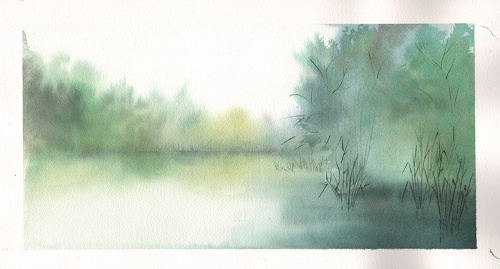
I experimented with hot press illustration paper, and rendered the bird and the characters on this surface. Hot press paper allows you to render incredible detail with pencil and paint and not have any of the paper texture show. I scanned all of these drawings into the computer too.
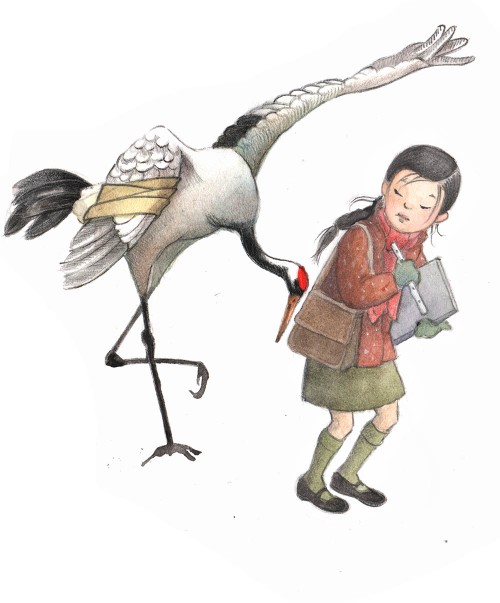
I also painted a number of simple textures on different types of paper. Sunsets, reeds, weird textures like ink and soap bubbles ( a texture from critique group member Susan Gal) and scanned them all into the computer.

Because I have worked traditionally and I paint my watercolors in layers, I replicated the same thing digitally. Often the files consisted of 70 layers, all transparent (the multiply layer… my favorite). I inverted layers, duplicated layers and after a while it felt like painting. The process wasn’t faster, but in many ways I had more control over color and composition.


Interview Questions for Julie Downing
How long have you been illustrating?
My first picture book was published in 1984 and I have done 1 to 2 books a year ever since.

Where do you live?
I live a block away from the corner of Haight and Ashbury in San Francisco. My home is the bottom flat in a very tall Victorian building.
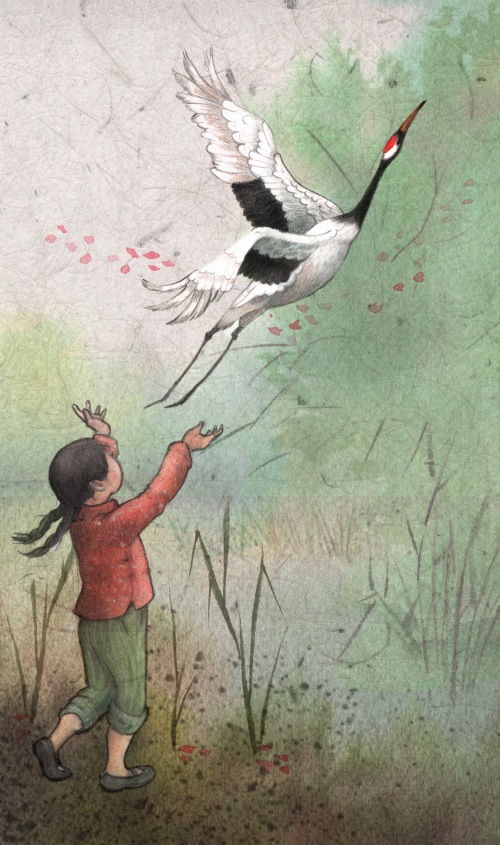
What was the first thing you painted where someone paid you for your work?
My first paid job was a text book job for Houghton Mifflin. I had to draw a group of children waiting for a school bus.

Where did you study art? What made you chose that school?
I went to the Rhode Island School of Design in Providence, RI. I grew up in Denver, CO and I wanted to go to school somewhere very different. I hadn’t always dreamed of being an artist, in fact, I had a number of other careers in mind: a detective. ice skater or spy were all options. However, the first time I visited RISD, I just feel in love with the school and the idea of drawing and painting for 4 years.

What did you study there?
I studied illustration and discovered children’s books in my junior year. It was a perfect fit!

Did college help develop your style?
RISD helped me understand how to think about a book, A picture book is like a puzzle and much more complicated than many people realize. There are so many different parts to think about. The illustrator has to consider the overall design, the sequence of images, the characters, the story arc as well as the individual images that make up a book. RISD taught me how to make all the parts work together.

What type of work did you do after you got out of school?
I moved to NYC and worked as a designer for Macy’s in New Jersey. I was a display designer and designed posters, displays and banners.

Did they help you get work after you graduated?
My RISD education opened so many doors. My first illustration jobs came from an art director at Houghton Mifflin, who visited my RISD Children’s Book illustration class.

Have you seen your work change since you graduated?
I think my style has changed because I changed the way I work. When I started, I was a very traditional watercolor artist. Now, I use a number of different mediums and combine them digitally.

When did you decide you wanted to illustrate for children?
I didn’t realize I wanted to illustrate children’s books until my junior year at RISD. I took a class with Judy Sue Goodwin, a much loved professor at RISD. She introduced the world of children’s books to me.

Was Mr. Griggs’ Work your first book?
My first book was Prince Boghole, by Eric Haugaard.
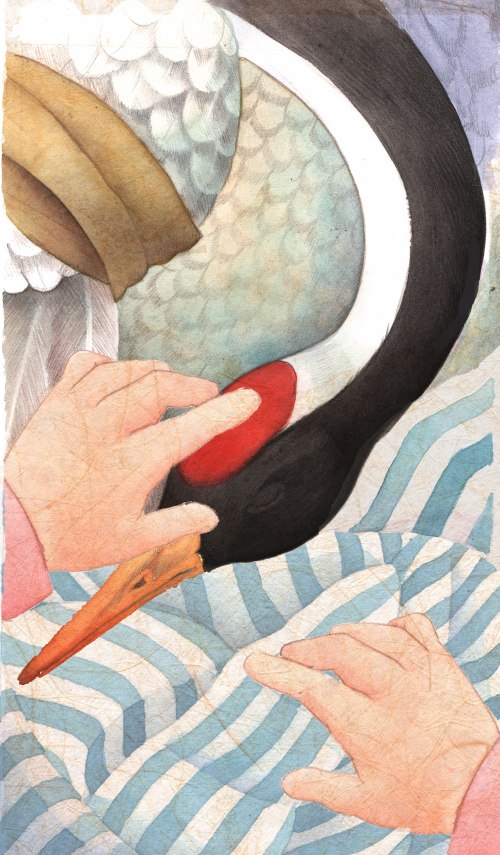
How did that contract come about?
I was hired by a young art director at Macmillan, Cecilia Yung. Cecilia is currently a VP at Penguin. We recently saw each other and decided that after 30 years… we looked exactly the same!
Was it exciting to illustrate a picture book, The Firekeeper’s Son, for a Newbury winner like Linda Sue Parks?
It was, although at the time Linda Sue had not won the Newberry. She won the award after I started the illustrations for The Firekeeper’s Son. I remember reading the manuscript for the first time. I couldn’t put it down. I was amazed by the complexity of the message in a picture book format.
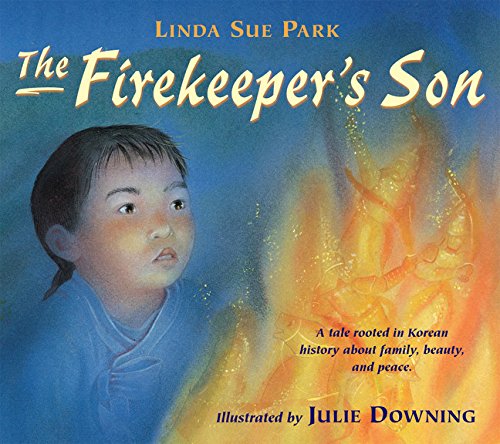
How did that book come your way?
The editor, Dinah Stevenson, told me she liked the way I handled light. I have always been interested in light and shadow and how it affect mood of the story. After 15 years, The Firekeeper’s son remains one of my favorite stories.

Lotus and Feather coming out in December looks wonderful. How long did it take you to illustrate it?
Lotus and Feather took almost a year to finish the illustrations.
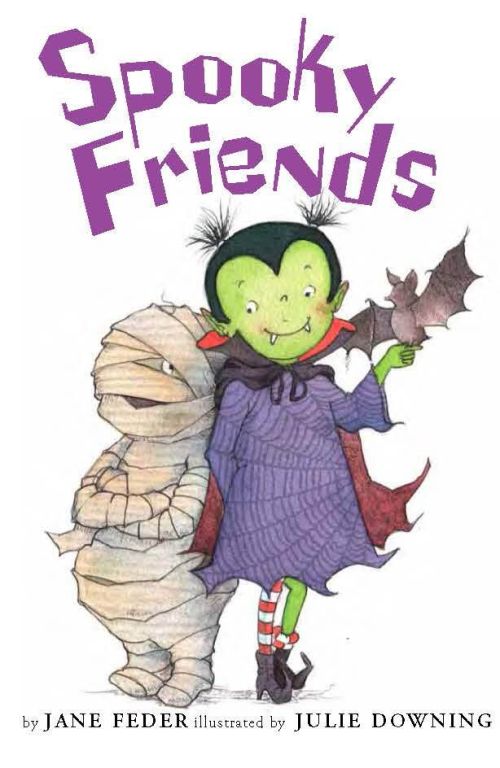
Is this your first book with Disney – Hyperion? Who was your editor?
This is my first book for Disney. I worked with Stephanie Lurie and Joann Hill. Joann was the art director for The Firekeeper’s Son, and I worked with Stephanie years ago. They are a dynamic duo!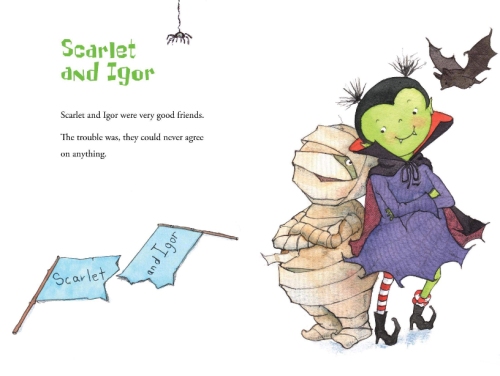
I see that you wrote and illustrated No Hugs Till Saturday. Do you have any desire to write and illustrate more of your own books?
I would love to write and illustrate more. I have written and illustrated a total of 6 books and am working on a new one now. It takes me a long time to develop a story. No Hugs Till Saturday took almost 2 years to write, a long time for a book with less than 500 words!

Did you need to get your MFA in order to teach watercolor and Children’s Book Illustration to graduate and undergraduate students at the Academy of Art University in San Francisco?
I did not have to get an MFA. I love teaching at AAU because they hire professionals in the field, so I teach with a great group of animators, illustrators and comic book artists. I learn as much as my students!

What do you think is your biggest success?
I consider my biggest success is the fact that I can make a living illustrating books. I have books that have sold over 200,000 copies and books that have sold 5,000 copies and I am just so happy to be able to work at something I love.

Have you ever tried to do a wordless picture book?
I have never illustrated a wordless book. I think that is a huge challenge and I would love to try. I do love the challenge of expanding the text with my illustrations and bringing something new to the story with my pictures.
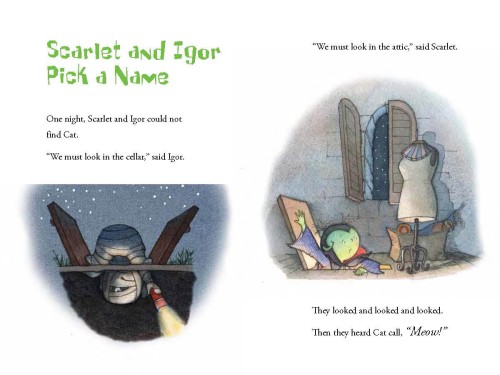
Do you have an artist rep.? If so, how did the two of you connect? If not, would you like to find one?
I have a new rep, Danielle Smith, at Red Fox Literary. Many editors and art directors recommended Danielle and I am really excited to work with her.
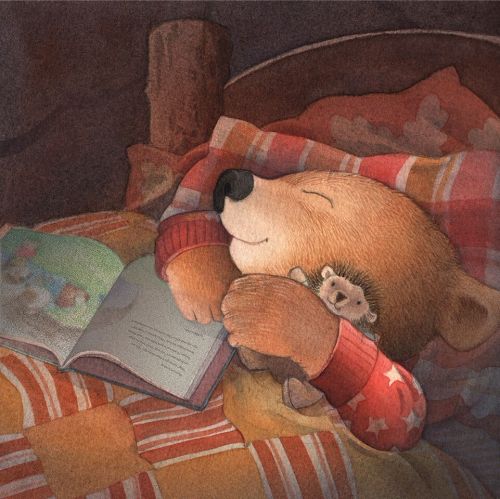
Do you illustrate full time?
I split my time between illustrating and teaching, although I spend many more hours illustrating.

Do you have a favorite medium you use?
I love watercolor and pencil. There is something magical that happens with traditional watercolor. Photoshop helps me use traditional mediums and combine them in a new way.

Do you take research pictures before you start a project?
I look at or take a huge number of photos before I start a project. Contrary to what many people think, artists don’t draw everything from their imagination. Most people I know use photo reference as either inspiration or to provide information when they draw.
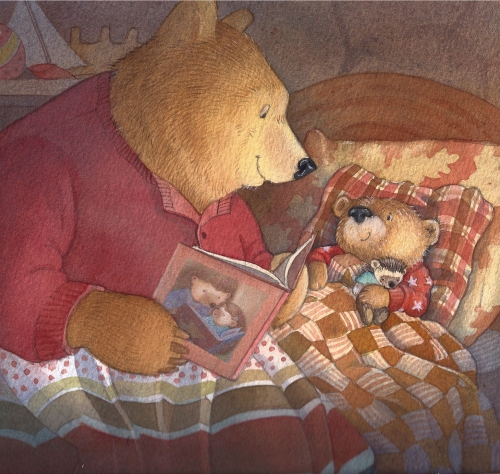
Have you worked with any educational publishers? If yes, is there any difference working with them?
I started out doing educational work for publishers and have continued to work for them. I recently finished a big job for Pearson Education where they created new textbooks on the iPad. Usually textbooks have faster deadlines and I am illustrating just a few pages and not a whole book.

Do you use Photoshop with any of your work?
I do a lot of sketching with Photoshop. It is such a quick and easy way of putting ideas down and playing with compositions. I do use Photoshop when I do my final art as well. I create all my art traditionally using pencil, watercolor and pastel, but I combine it all digitally.
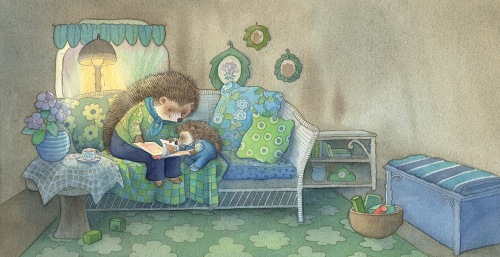
Do you have and use a graphic tablet?
I have a Wacom tablet and use it all the time.

Has any of your work appeared in magazines?
I have worked for Cricket Magazine, Highlights and Ladybug Magazine.
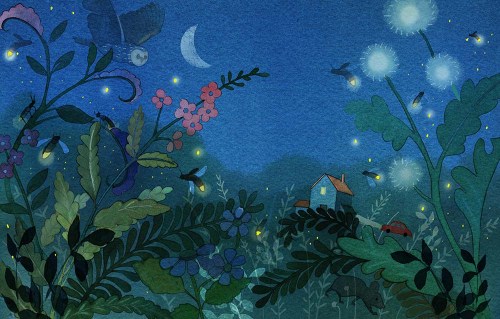
Do you have a studio in your house?
My studio is about a 15 minute walk from my house. It is across the street from Kezar Stadium where the San Francisco 49’er football team played for many years. The landlord’s father built the 15 X 15′ box so he could always have a good seat to watch the football games. Now I get to create my art and watch all of the high school athletic events from my desk.

Is there anything in your studio you couldn’t live without?
My hair dryer. It speeds up the drying time for my watercolors.

Do you follow any type of routine to attain your career goals?
I work every day, although on the days I don’t teach I am slow getting started. I get up, have coffee, run and finally start work around 11:00. I often work late at night and usually go back to work right after dinner.
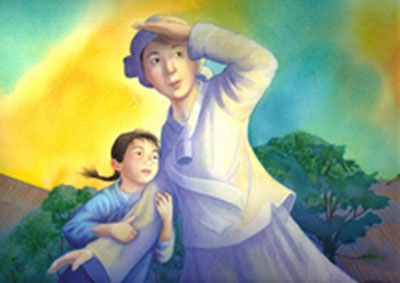
Do you think the Internet has opened any doors for you?
The internet has allowed me to connect to so many talented people around the world. I have met illustrators, art directors and editors from many different places.
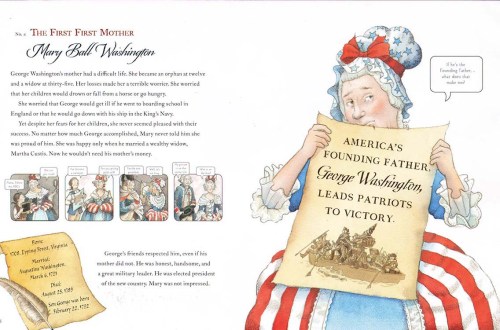
What are your career goals?
I am so lucky to be able to do what I love. I hope to write and illustrate books for many, many years.

What are you working on now?
I am illustrating a wonderful book, Tessa Takes Wing. The author is Richard Jackson, who was one of my very first editors and the publisher is Roaring Brook Press.

Are there any painting tips (materials, paper, etc.) you can share that work well for you? Technique tips?
I love working with watercolors on cold press watercolor paper. My biggest indulgence is a pure sable brush from England.

Any words of wisdom you can share with the illustrators who are trying to develop their career?
Don’t give up. Success doesn’t always happen right away.

Thank you Julie for sharing your talent, process, journey, and expertise with us. Please make sure you keep in touch and share your future successes with us. To see more of Julie’s work, you can visit her at website at: http://www.juliedowning.com
If you have a minute, please leave a comment for Julie. I am sure she’d love it and I enjoy reading them, too. Thanks!
Talk tomorrow,
Kathy

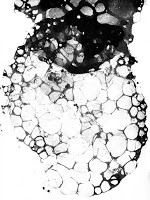

LOVE your art, Julie and have been a fan of it for sometime! Best, Lynne marie
LikeLike
By: Lynne Marie on October 15, 2016
at 9:15 am
Thank you!
LikeLike
By: Julie Downing on October 15, 2016
at 12:25 pm
Beautiful work!
LikeLike
By: tiemdow on October 15, 2016
at 10:01 am
Thanks for sharing your process in such detail, Julie. The work is beautiful throughout your whole career. We are all lucky for your work! I can’t wait to see more and more.
LikeLike
By: christyhalebks on October 15, 2016
at 11:49 am
Gorgeous! I must pull out my copy of RED MARE’S BACK soon – one of my earliest favorites.
LikeLike
By: Cathy Ballou Mealey on October 15, 2016
at 12:09 pm
Beautiful work! Love “Lotus and Feather” and thanks for sharing your working process!
LikeLike
By: Andreja Peklar on October 15, 2016
at 12:53 pm
What a very interesting interview. I have been a fan and friend of Julie for a long time. I am not an artist. I am a great grandmother. I love children’s books and wish I had a copy of all of Julie’s work. Congratulations to the interviewer and the artist.
LikeLike
By: Sterling Dorman on October 15, 2016
at 12:54 pm
Thank you Sterling!
LikeLike
By: Julie Downing on October 15, 2016
at 2:03 pm
Oh, Julie, your illustrations are extremely beautiful. Some are familiar and others are new to me. Thank you so much for sharing your talents, as well as a bit about your process, very interesting!
LikeLike
By: Marcia Strykowski on October 16, 2016
at 11:00 am
What a terrific piece. Honored to be working with you on Tessa.
LikeLike
By: Neal Porter on October 16, 2016
at 11:27 am
Feeling is mutual!
LikeLike
By: Julie Downing on October 16, 2016
at 4:35 pm
I like your work because it’s so diverse. You don’t seem to be completely limited to one style. Great job and colorful, interesting-looking stories too!
LikeLike
By: trinitygrau on October 17, 2016
at 11:43 am
Reblogged this on ARHtistic License and commented:
A big thank you to guest blogger Kathy Temean for this colorful article about artist Julie Downing. Check out Kathy’s superb website, Writing and Illustrating.
LikeLike
By: Andrea R Huelsenbeck on November 24, 2016
at 12:32 pm